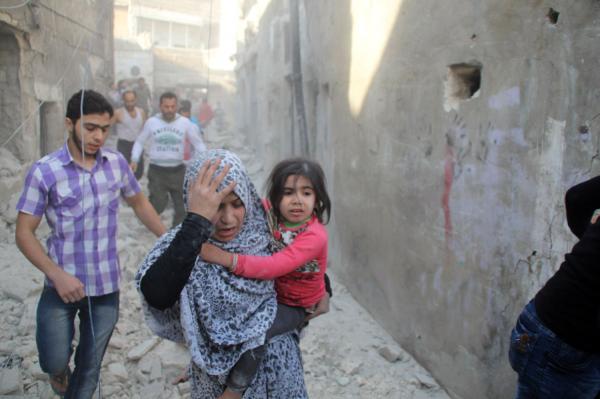Alwaght- In a bid to understate the risk of civilian casualties from US aerial strikes, the White House said Friday that the number of civilians killed by American so-called anti-terror airstrikes since President Barack Obama took office in 2009 were relatively low, between 64 and 116 civilians.
According to a report released by the Office of the Director of National Intelligence, Washington strikes targeting militants or terrorist facilities “outside areas of active hostilities” resulted in at least 64, but no greater than 116, civilian deaths during the first seven years of President Barack Obama's administration.
The civilian deaths in question occurred outside the Afghanistan, Iraq and Syria, the report says adding the strikes were conducted by drones, traditional aircraft or cruise missiles in Libya, Pakistan, Somalia, Yemen and other African countries.
From January 20, 2009 to December 31, 2015, 473 strikes were conducted that killed between 64 and 116 civilians, the report shows, claiming the strikes also took the lives of between 2,372 and 2,581 combatants.
However, the report acknowledges that the civilian death toll provided by human rights organizations “generally estimates significantly higher figures.”
“As the statement today from the DNI (Director of National Intelligence) notes, in releasing these figures, the US Government also acknowledges that there are differences between US Government assessments and reporting from non-governmental organizations on non-combatant deaths resulting from US operations,” the White House said.
Also, the DNI said that "the figures released today should be considered in light of the inherent limitations on the ability to determine the precise number of combatant and non-combatant deaths given the non-permissive environments in which these strikes often occur."

Federico Borello of the Center for Civilians in Conflict said that “the numbers reported by the White House today simply don’t add up, and we’re disappointed by that.”
“We’re concerned that as more countries gain access to armed drone technology, it’s more likely that drones will be used as a first response in conflicts and more likely civilians will pay the price,” Borello added.



























